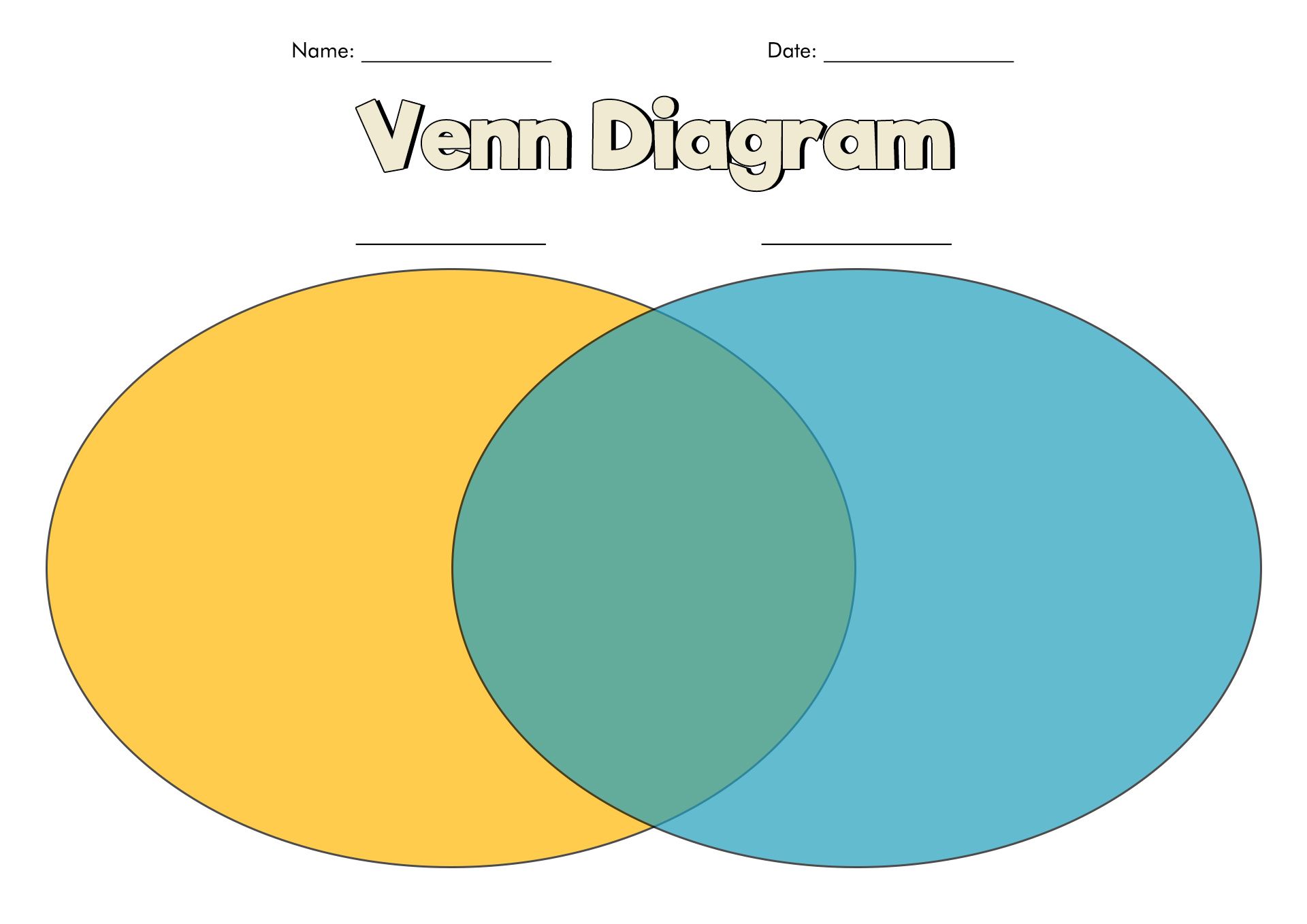Compare And Contrast

Comparing and contrasting are fundamental concepts in various fields, including literature, science, and philosophy. At its core, comparing involves identifying similarities between two or more entities, while contrasting involves highlighting their differences. This dual approach enables a deeper understanding of the subjects in question, facilitating a more nuanced analysis and evaluation. In this article, we will delve into the intricacies of compare and contrast, exploring their applications, benefits, and challenges, as well as providing practical examples to illustrate their usage.
Key Points
- Comparing and contrasting are essential tools for analysis and evaluation in various fields.
- These methods help identify similarities and differences, promoting a deeper understanding of the subjects.
- Effective comparison and contrast require a clear understanding of the subjects and a systematic approach.
- Practical applications of compare and contrast can be seen in literature, science, philosophy, and everyday decision-making.
- Challenges in comparing and contrasting include avoiding bias, ensuring relevance, and maintaining objectivity.
Applications of Compare and Contrast

Compare and contrast techniques are widely applied in academic and professional settings. In literature, comparing the works of different authors or the themes within a single work can provide insights into the author’s intent, historical context, and literary devices. In science, comparing experimental results or contrasting hypotheses helps in the formulation of theories and the validation of scientific principles. Philosophers use these methods to examine ethical dilemmas, evaluate philosophical theories, and understand the evolution of ideas. Beyond these fields, compare and contrast are essential in everyday life, aiding in decision-making, evaluating options, and developing critical thinking skills.
Benefits of Compare and Contrast
The benefits of comparing and contrasting are multifaceted. Firstly, these methods enhance analytical skills by requiring a detailed examination of the subjects. Secondly, they promote critical thinking by encouraging the evaluation of similarities and differences. Thirdly, compare and contrast techniques facilitate informed decision-making by providing a comprehensive view of the options. Lastly, they are instrumental in developing problem-solving skills, as they help in identifying patterns, relationships, and potential solutions.
| Field of Application | Example of Compare and Contrast |
|---|---|
| Literature | Comparing the themes of freedom in To Kill a Mockingbird and The Great Gatsby. |
| Science | Contrasting the hypotheses of the steady-state theory and the Big Bang theory in cosmology. |
| Philosophy | Evaluating the ethical implications of utilitarianism versus deontology in moral philosophy. |
| Everyday Life | Comparing the features and benefits of different smartphone models before making a purchase. |

Challenges in Comparing and Contrasting

Despite their benefits, comparing and contrasting present several challenges. One of the primary difficulties is avoiding bias, which can skew the comparison and lead to inaccurate conclusions. Ensuring the relevance of the criteria used for comparison is another challenge, as irrelevant criteria can obscure the true nature of the subjects. Maintaining objectivity is also crucial, as personal preferences or preconceptions can influence the analysis. Additionally, the complexity of the subjects can complicate the comparison, especially when dealing with abstract concepts or multifaceted phenomena.
Overcoming Challenges
To overcome these challenges, it is essential to approach comparisons and contrasts systematically. This involves clearly defining the purpose and scope of the analysis, selecting relevant criteria, and ensuring that the comparison is based on accurate and comprehensive information. Furthermore, recognizing and acknowledging potential biases, as well as maintaining an open-minded and flexible approach, can help in achieving a balanced and objective analysis.
What is the primary purpose of comparing and contrasting?
+The primary purpose of comparing and contrasting is to facilitate a deeper understanding of the subjects by identifying their similarities and differences, thereby aiding in analysis, evaluation, and decision-making.
How can bias be avoided in comparisons and contrasts?
+Bias can be avoided by maintaining objectivity, ensuring the relevance and accuracy of the information used, and recognizing potential biases and preconceptions. A systematic and open-minded approach to the comparison is also essential.
What are the benefits of using compare and contrast techniques in everyday life?
+The benefits include enhanced analytical and critical thinking skills, improved decision-making capabilities, and the development of problem-solving skills. These techniques also facilitate a more nuanced understanding of the world by highlighting the complexities and variations within it.
In conclusion, comparing and contrasting are invaluable tools for analysis, evaluation, and decision-making. By understanding the principles, applications, and challenges associated with these techniques, individuals can harness their potential to develop critical thinking skills, make informed decisions, and navigate the complexities of various subjects and phenomena. As we continue to encounter new information and challenges, the ability to compare and contrast effectively will remain a crucial skill, enabling us to deepen our understanding of the world and our place within it.
